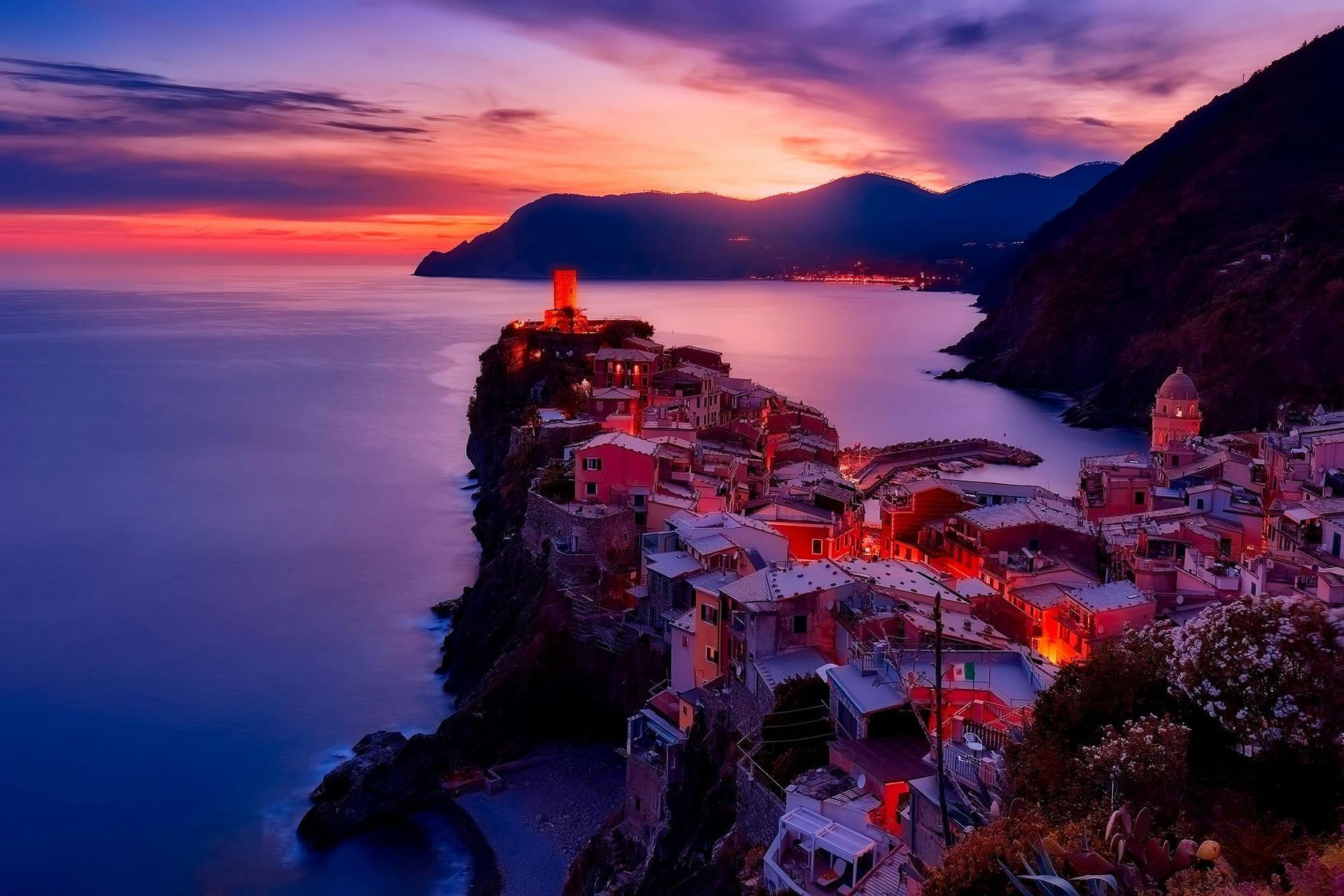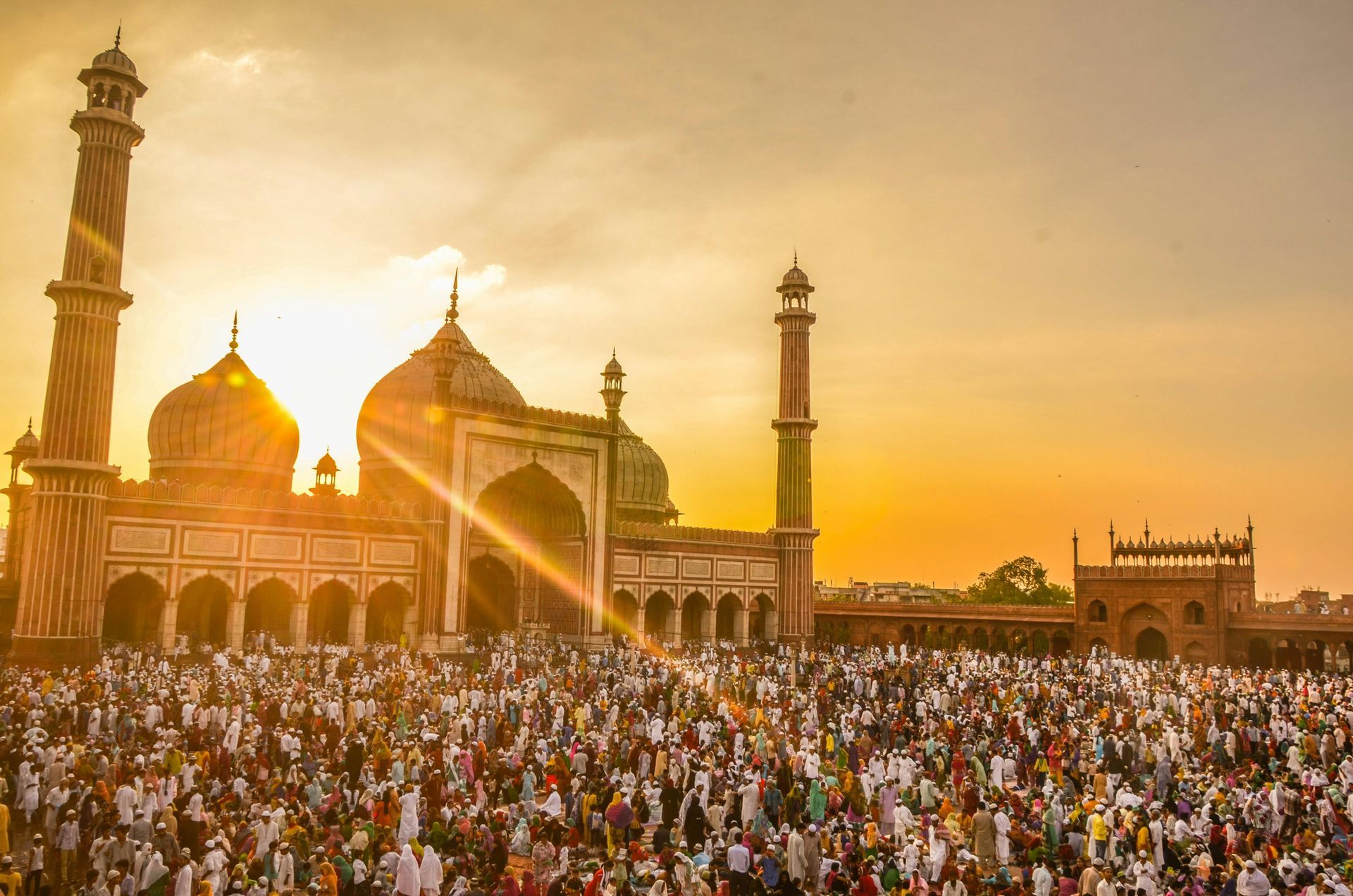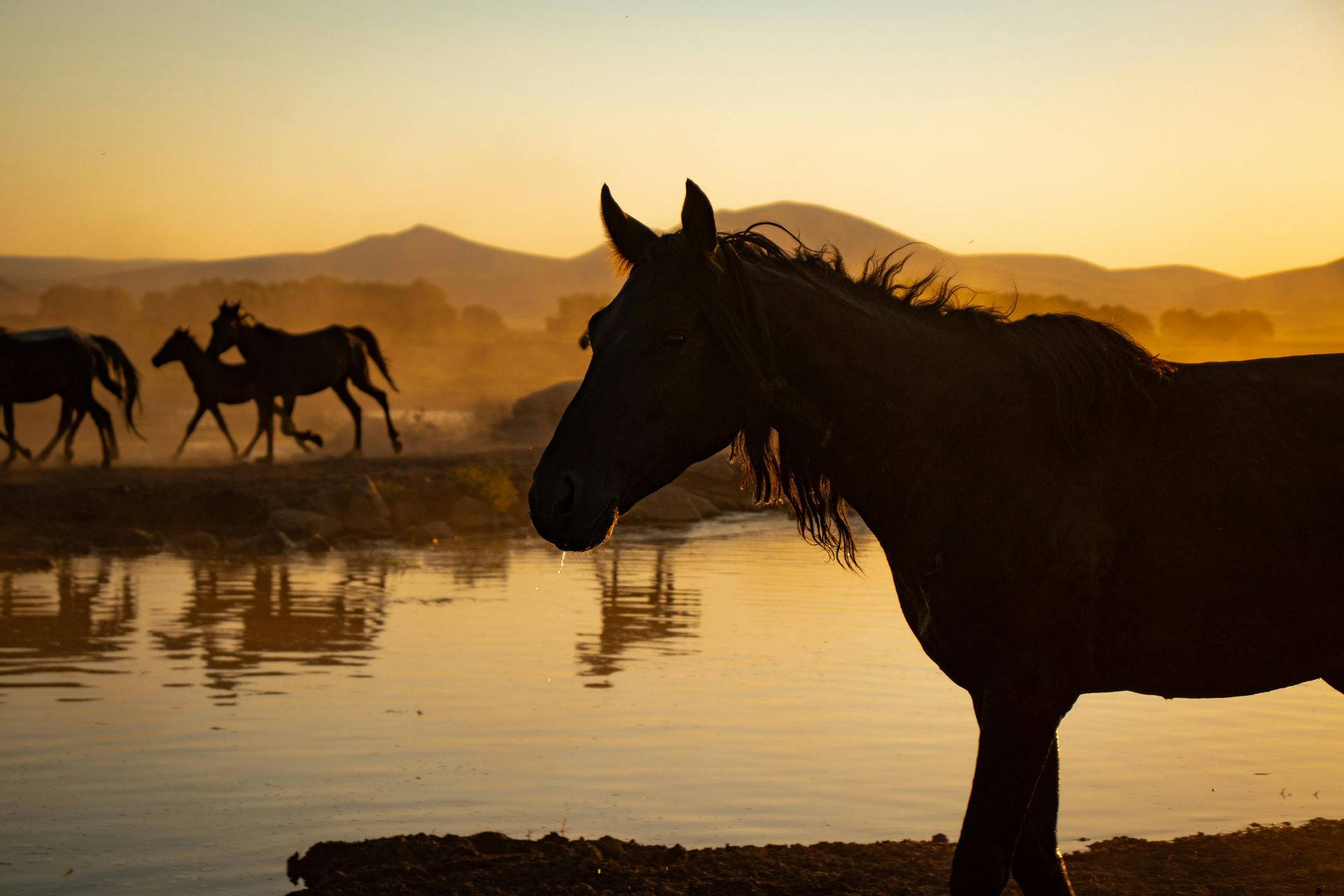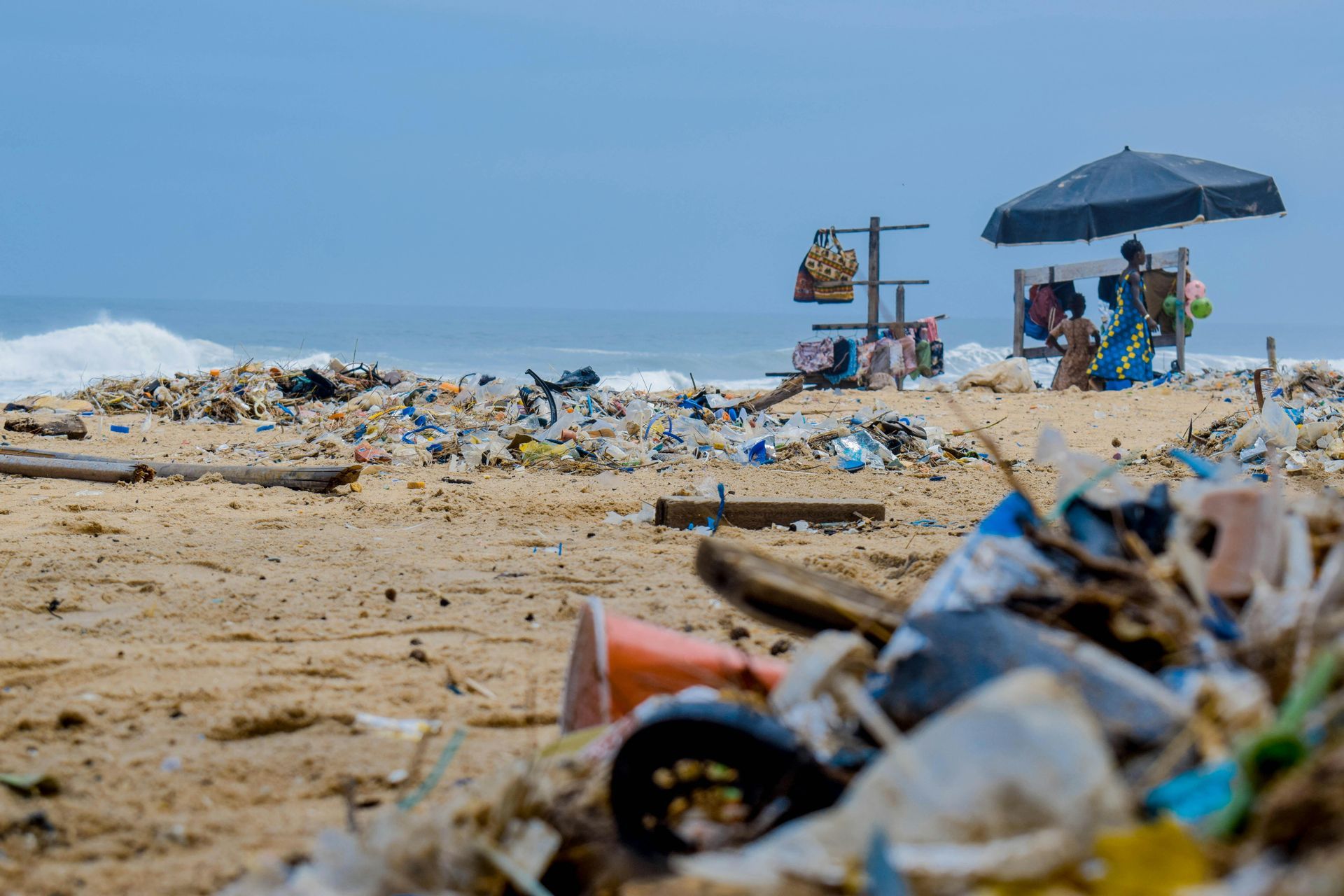Do We Really Need Another Luxury Hotel? Why the Future of Travel is ‘Renew’ Over ‘New’
Do We Really Need Another Luxury Hotel? Why the Future of Travel is ‘Renew’ Over ‘New’
Introduction: The Obsession with New Hotels
Every year, travel media outlets publish glossy round-ups of the “best new hotel openings”—a glittering line-up of marble-clad lobbies, rooftop infinity pools, and sleek, sea-facing suites. For many luxury travellers, the allure of being the first to step inside a newly launched property is compelling. There’s prestige to it—a sense of exclusivity wrapped in novelty.
But in a time where sustainability can no longer be treated as a marketing add-on, the luxury travel industry must ask itself a critical question: Do we truly need another new hotel? Or is the future of indulgence rooted in renewing what already exists, with thought, care, and cultural integrity?
While the appeal of the new is undeniable, it often eclipses the profound value found in properties with legacy—those steeped in history, embedded in community, and enriched by generational knowledge. These properties possess the ability not only to deliver meaningful experiences, but to show measurable impact, grounded in real data. That’s something new hotels—often buoyed by aspiration rather than action—simply can’t yet offer.
More construction means more emissions, more disruption, and ironically, less authenticity—just when experienced travellers are increasingly seeking connection and character. It’s time to reconsider what true luxury really looks like. Perhaps, it lies not in what’s new, but in what’s been renewed.
The Psychology of Newness vs. Timelessness
The word "new" has a powerful draw. It promises innovation, freshness, a break from the everyday. But when it comes to travel, new doesn’t always equal better. Some of the most captivating experiences emerge not from what is recently constructed, but from what has been lovingly revived.
Think of a centuries-old riad in Morocco, a revived Art Deco hotel on the Côte d’Azur, or a historic villa in the Sri Lankan highlands. These are places built with hands and soul. You’ll find artisanal detailing, time-honoured craftsmanship, and a sense of story that no computer-aided design or prefabricated structure can replicate.
In contrast, many new builds—however glossy—lack depth. They may offer consistency and convenience, but rarely emotion. Aesthetically pleasing, yes. Culturally resonant? Not often.
As tastes evolve, luxury travellers are no longer content with cookie-cutter opulence. They’re seeking immersion, connection, and meaning. These are qualities that rarely emerge from new builds but often blossom in restored ones.
Why ‘Renew’ Makes More Sense for Luxury Travel
Luxury travel is increasingly defined by intentionality. It’s no longer about extravagance for its own sake, but about how thoughtfully that experience is delivered. In this context, the decision to renew rather than build anew is a more sophisticated and strategic solution.
Here’s why:
- Character & Authenticity: Renewed properties preserve both architectural heritage and cultural relevance, offering guests a stay imbued with place and purpose.
- Environmental Efficiency: Renovating or repurposing existing buildings significantly reduces the carbon footprint associated with new construction.
- Community Integration: Renewal often employs local tradespeople and artisans, sustaining traditional craftsmanship and local economies.
- Distinctive Identity: In a world of interchangeable luxury, a renewed property with history and heart will always stand out.
For hotels aiming to lead, ‘renew’ becomes the point of distinction.
Case Studies: Exemplars of Sustainable Renewal
- The Newt in Somerset, UK This Georgian estate has been exquisitely transformed into a contemporary sanctuary that champions sustainability. From its carefully tended gardens and biodiversity initiatives to its support for local food systems, The Newt is a model of how to honour the past while investing in the future.
- Cap Karoso, Sumba, Indonesia Cap Karoso exemplifies what it means to build with the community, not just beside it. Through collaboration with local artisans and a strong focus on cultural exchange, the resort strengthens local identity and meets several UNSDGs in the process.
- Son Bunyola, Mallorca, Spain Set within the UNESCO-protected Serra de Tramuntana, Son Bunyola is a retreat that brings new life to a historic 16th-century manor house. The estate reduces its environmental impact through renewable energy and local sourcing, while celebrating Mallorcan heritage through traditional building methods and partnerships with local producers.
The Environmental Cost of New Builds
The environmental price tag of a new hotel stretches far beyond the financial one. The UN Environment Programme attributes nearly 40% of global energy-related carbon emissions to buildings and construction.
Key factors include:
- Embodied Carbon: Emissions tied to the extraction, transport, and manufacture of construction materials.
- Construction Waste: Vast quantities of debris that often end up in landfill.
- Ecological Disruption: Clearing land for new developments destroys habitats and disrupts biodiversity.
Even the most energy-efficient new build cannot outdo the sustainability of retaining and repurposing existing structures. As architects like to say, “The greenest building is the one already standing.”
From Overtourism to Regeneration: A Turning Tide in Travel Policy
For decades, regions such as Mallorca and Barcelona promoted mass tourism as a quick win for economic growth. But now, these destinations are rethinking that approach. Confronted with overcrowding, housing shortages, environmental degradation and rising social tensions, local governments are pivoting decisively—away from mass tourism and towards regenerative, community-first models.
Mallorca is placing strict caps on hotel development are being proposed alongside measures to curb Airbnb saturation, protect biodiversity, and prioritise quality over quantity. Barcelona has frozen hotel licences in the city centre and is now exploring how to return housing and public spaces to residents.
They are not alone. From Dubrovnik, where cruise ship limits and visitor caps aim to protect its UNESCO-listed Old Town, to Amsterdam, which is actively discouraging party tourism and prioritising resident wellbeing, destinations around the world are reassessing tourism through a more responsible lens.
Community Impact: Renewal as a Deeper, More Ethical Choice
Too often, international hotel chain developments follow a default pattern: demolish, rebuild, and apply an international standard operating procedure. But such models often sideline local cultures, rhythms, and economies.
Renewal is harder. It takes more time, more listening, and more humility. Yet the payoff is far greater. Properties embedded in their communities—often family-run or multi-generational—tend to cultivate lasting impact.
This is especially vital in regions home to minority or indigenous groups. When renewal projects honour local knowledge and traditions, they:
- Provide employment and skills development to underrepresented groups
- Preserve traditional craftsmanship and building techniques
- Involve local voices in planning and execution
- Reflect and respect the culture of place in both service and design
These efforts add authenticity to the guest experience while empowering those whose stories are too often overlooked.
Cultural Considerations and the Value of Traditional Craftsmanship
Luxury should never come at the cost of culture. In too many places, new hotel developments displace communities, commodify traditions, and dilute the very uniqueness they seek to showcase.
Renewal projects, especially those rooted in heritage, tend to engage local architects and artisans. Instead of imported furnishings and mechanised finishes, they lean on traditional techniques—timber joinery, lime plastering, hand-woven textiles—that are both sustainable and irreplaceable.
This isn’t just nostalgic. It’s necessary. When we support traditional craftsmanship, we preserve living cultures—and guests, in turn, experience something truly one-of-a-kind.
What Does the Future Hold for Sustainable Luxury?
Luxury is undergoing a quiet but profound shift—from excess to groundedness. Increasingly, it’s defined by principles of restoration, regeneration, and responsibility.
Leading innovations include:
- Regenerative Travel: Moving beyond “doing no harm” to actively leaving destinations better off.
- Circular Design: Prioritising materials that can be reused or upcycled, and designing for end-of-life disassembly.
- Slow Travel: Encouraging longer, more meaningful stays that foster connection and reduce emissions.
- Science-Based Impact: Hotels that measure, report, and act on sustainability using credible frameworks—not just aspiration but accountability.
The hotels and travel companies that embrace these shifts will not only lead the market—they’ll help define its moral and ecological compass.
Final Thoughts: Reframing Luxury in a Changing World
Luxury is no longer about abundance for its own sake. It’s about depth, discernment, and responsibility. In an age of climate crisis and cultural erosion, to choose renewal over newness is to align with something far more enduring than trend.
So next time you’re choosing where to stay, ask:
Does this place enrich its community—or simply occupy it? Does it celebrate craftsmanship—or rely on convenience?
Because the future of luxury travel isn’t about what’s shiny—it’s about what’s soulful, sustainable, and thoughtfully renewed.











